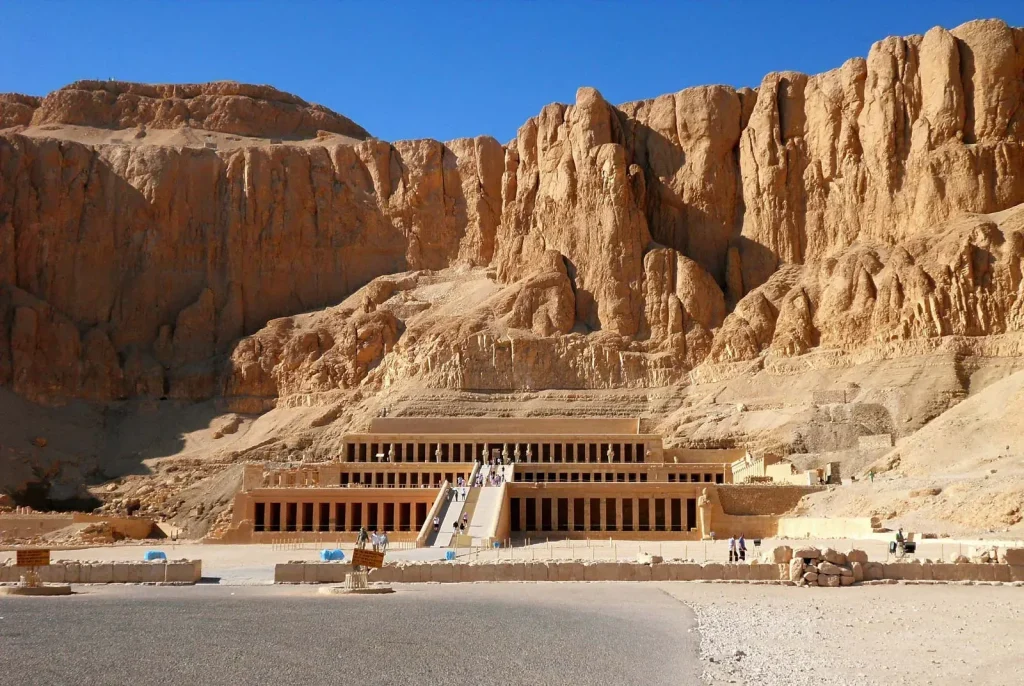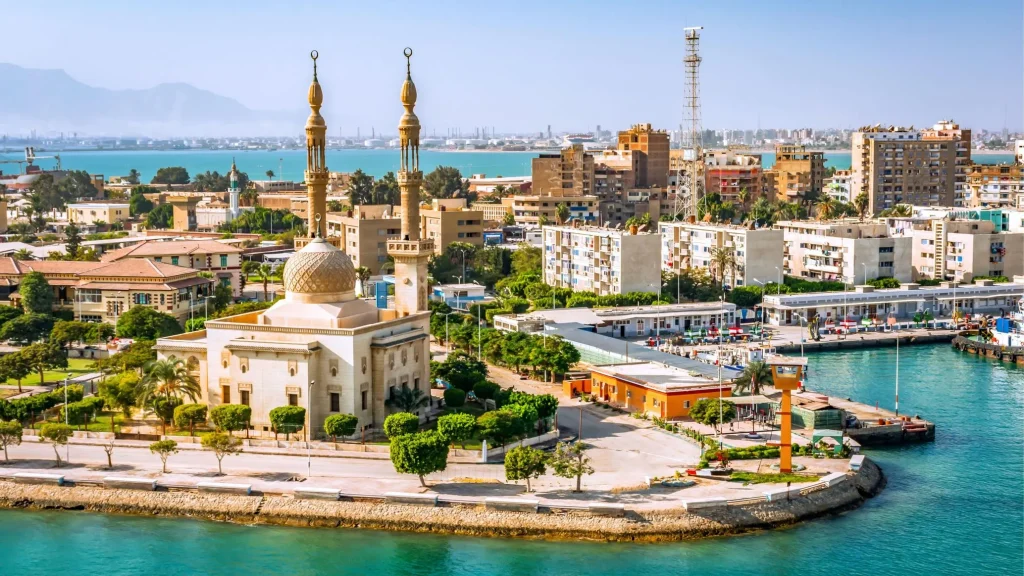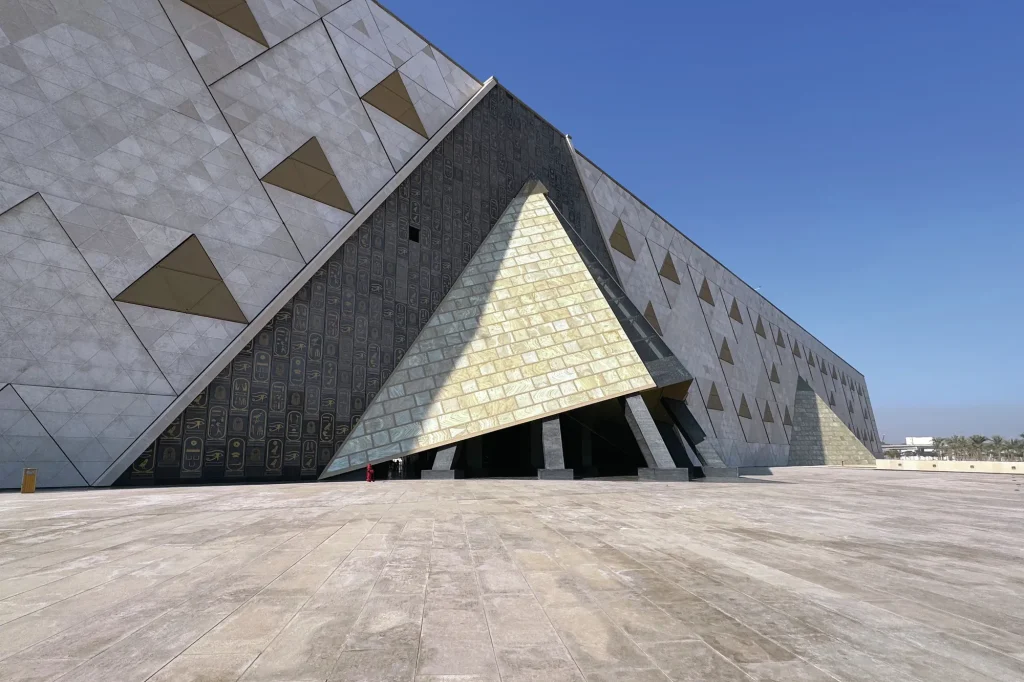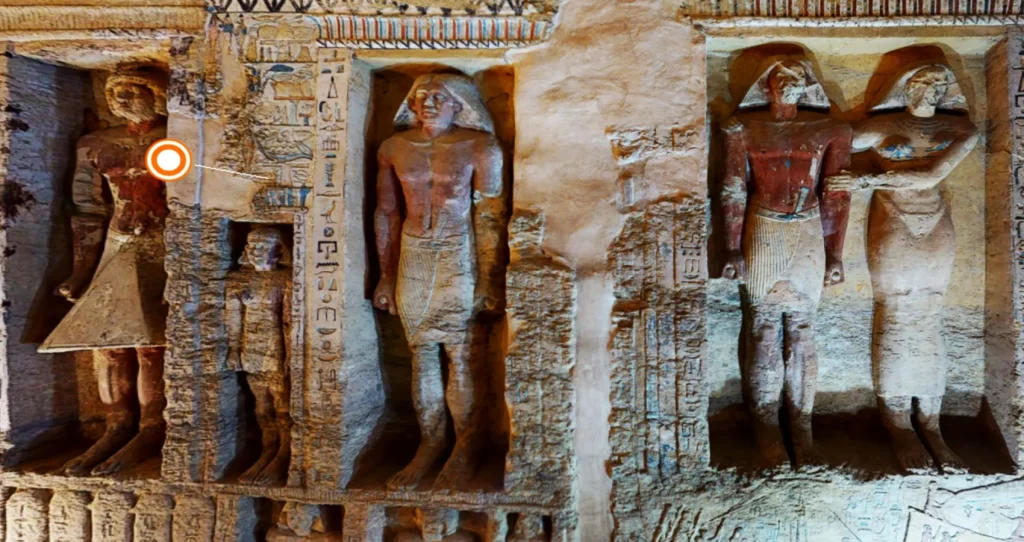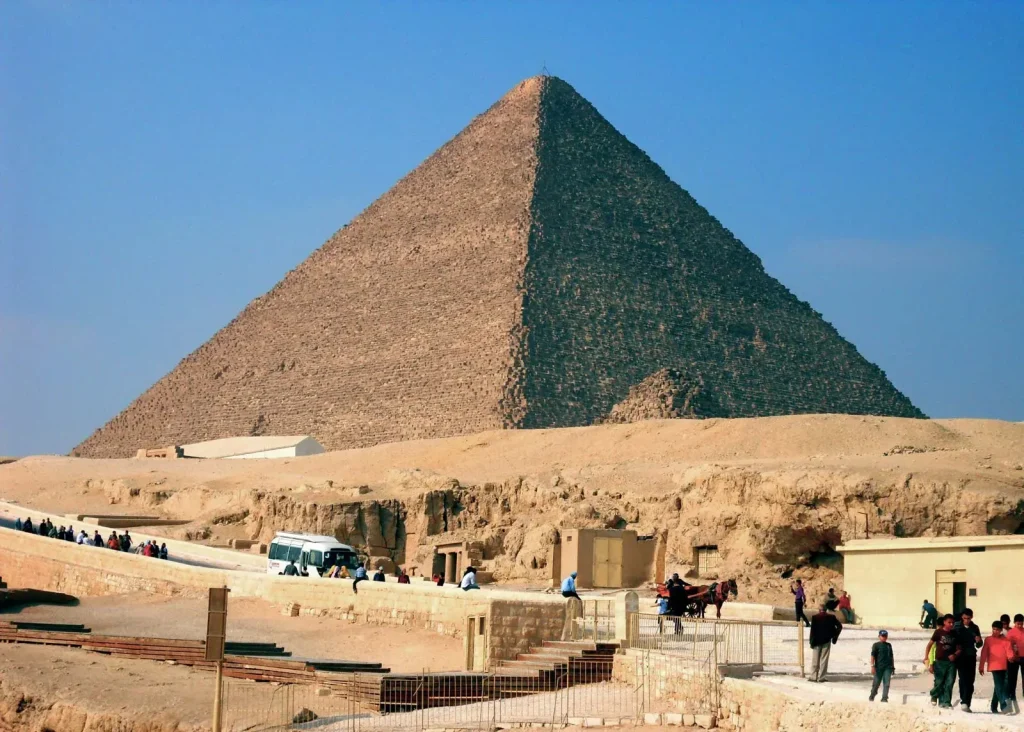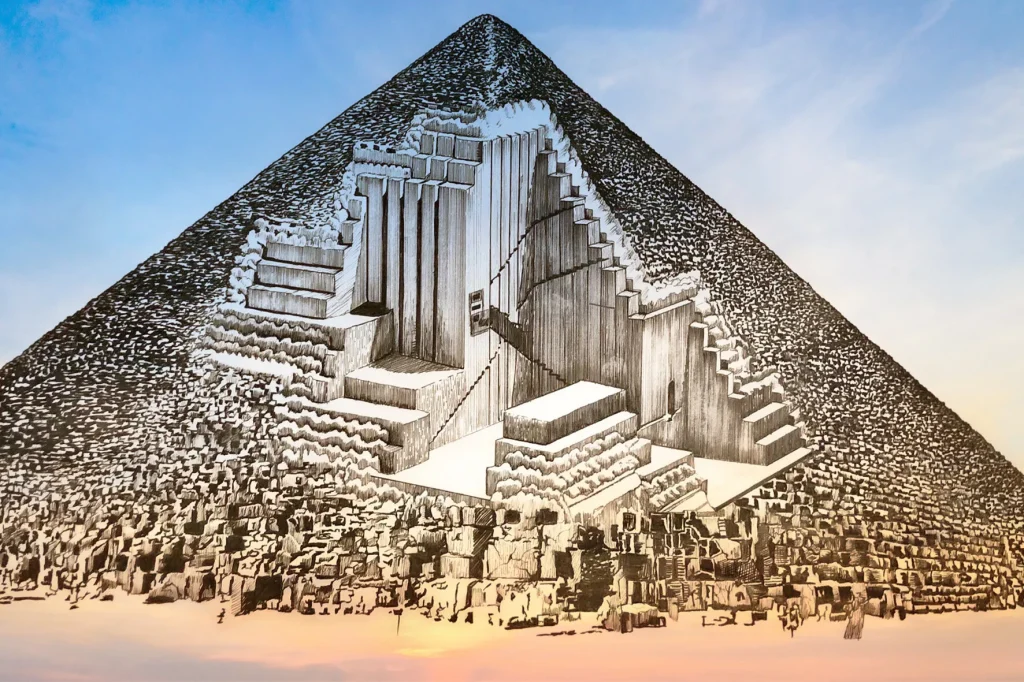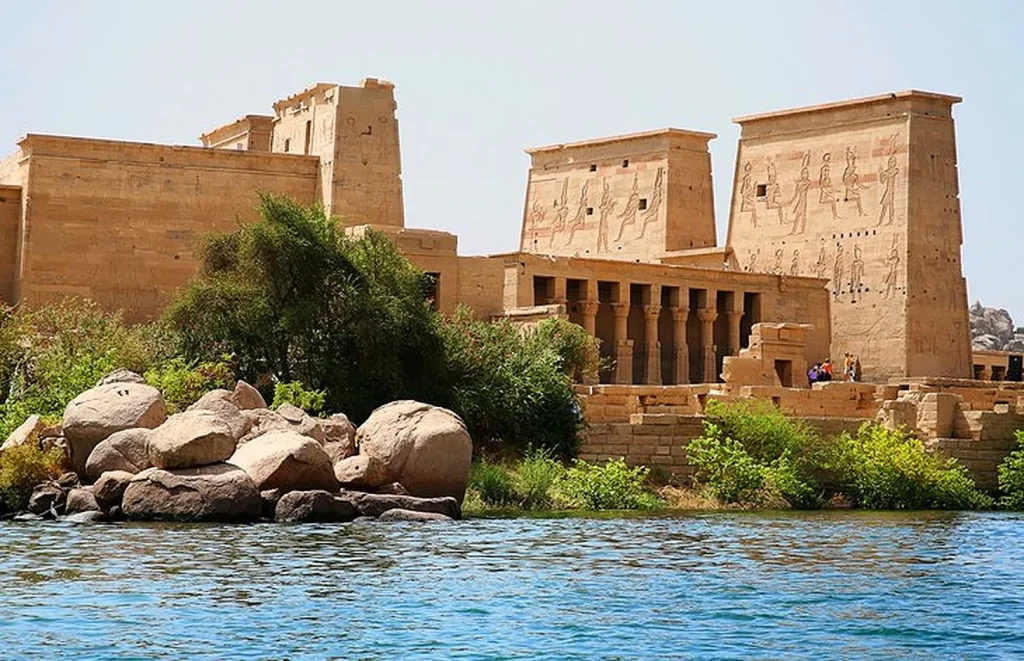The ancient city of Thebes, located on the east bank of the Nile River in present-day Luxor, Egypt, is a treasure trove of history and mythology. With its origins dating back to the 11th Dynasty of the Middle Kingdom, Thebes served as the capital of Egypt for several periods throughout its existence.
This sprawling city was not only the political and religious center of Ancient Egypt but also a hub of culture, art, and learning. Join us on a journey through the annals of time as we unravel the mysteries of Thebes and explore its captivating past.
History of Thebes
The history of Thebes is as rich and complex as the hieroglyphs adorning its ancient temples. The city rose to prominence during the Middle Kingdom and reached its zenith during the New Kingdom, often referred to as the golden age of Egypt. It was during this period that Thebes became the capital of the empire and witnessed unparalleled prosperity and artistic flourishing.
Thebes saw the reign of many powerful pharaohs, including Amenhotep III, Hatshepsut, Tutankhamun, and Ramses II. These rulers left an indelible mark on the city through their ambitious building projects, lavish tombs, and religious reforms. The temples and monuments they constructed still stand today, a testament to the grandeur and opulence of the ancient city.
The Importance of Thebes in Ancient Egypt
Thebes held immense religious significance in ancient Egyptian society. It was the home of the god Amun-Ra, the supreme deity of the Egyptian pantheon, and the site of the famous Karnak Temple Complex. This vast religious complex, dedicated to Amun-Ra, was the largest religious building ever constructed and served as the center of worship for the god.
Thebes also played a crucial role in the annual Opet Festival, a grand celebration that involved the symbolic marriage of Amun-Ra and the ruling pharaoh. The festival was a spectacle of processions, rituals, and offerings, attracting pilgrims from all over Egypt. The religious and cultural prominence of Thebes made it a thriving center of trade and pilgrimage, contributing to its overall prosperity.
Temples and Monuments of Thebes
Thebes is renowned for its awe-inspiring temples and monumental structures that have withstood the test of time. The Karnak Temple Complex, as mentioned earlier, is a sprawling complex of temples, pylons, obelisks, and statues dedicated to Amun-Ra. Its Hypostyle Hall, with its towering columns, is a remarkable architectural feat and a sight to behold.
Another iconic structure in Thebes is the Mortuary Temple of Hatshepsut, one of the few female pharaohs in ancient Egypt. This temple, carved into the cliffs of Deir el-Bahari, is a masterpiece of design and engineering. Its terraces, colonnades, and sanctuaries blend seamlessly with the natural landscape, creating a harmonious and breathtaking monument.
The Valley of the Kings and the Valley of the Queens, located on the west bank of the Nile, are burial grounds for the pharaohs and their consorts. These necropolises are home to elaborately decorated tombs, adorned with intricate paintings and hieroglyphs, depicting the journey of the deceased into the afterlife.
Famous Pharaohs and Rulers of Thebes
Thebes was ruled by a succession of pharaohs and queens who left an indelible mark on the city and its history. One of the most famous pharaohs associated with Thebes is Tutankhamun, whose tomb in the Valley of the Kings was discovered by Howard Carter in 1922. The treasures and artifacts found in his tomb provided unprecedented insights into the life and culture of Ancient Egypt.
Another notable ruler of Thebes is Ramses II, also known as Ramses the Great. His reign marked a period of great prosperity and expansion for Egypt, and his numerous monuments, including the Ramesseum and the Colossi of Memnon, are testaments to his grandeur.
Mythology and Legends Associated with Thebes
Thebes is shrouded in mythology and legends that add to its mystique and allure. According to ancient Egyptian mythology, Thebes was believed to be the place where the god Amun-Ra emerged from the primordial waters to create the world. The city was also associated with the goddess Hathor, who was believed to be the mother and protector of the pharaohs.
Legends surrounding Thebes include tales of hidden treasure, cursed tombs, and divine intervention. The story of the pharaohs and their quest for eternal life has captivated the imaginations of explorers, archaeologists, and adventurers for centuries, adding an air of intrigue to the ancient city.
The Decline and Abandonment of Thebes
Despite its glorious past, Thebes eventually fell into decline and was abandoned as the capital of Egypt. The decline of the city can be attributed to a combination of factors, including political instability, religious shifts, and natural disasters. The rise of other cities, such as Alexandria, also contributed to the diminishing importance of Thebes.
Over time, Thebes was gradually swallowed by the sands of the desert, its temples and monuments buried beneath layers of earth and debris. It remained hidden from the world for centuries until its rediscovery and excavation in the 19th and 20th centuries.
Rediscovery and Excavation of Thebes
The rediscovery of Thebes in modern times was a momentous event that sparked a renewed interest in ancient Egyptian history and culture. The arrival of European explorers and archaeologists, armed with shovels and brushes, uncovered the hidden treasures of Thebes and brought them back into the light.
Notable figures in the excavation of Thebes include Howard Carter, who famously discovered the tomb of Tutankhamun, and Jean-François Champollion, who deciphered the hieroglyphic script and unlocked the secrets of ancient Egypt. Their discoveries and contributions paved the way for further exploration and research in Thebes and beyond.
Visiting Thebes Today
Today, Thebes, or Luxor as it is commonly known, is a vibrant city that attracts tourists and history enthusiasts from around the world. Visitors can explore the temples, tombs, and museums that preserve the legacy of Thebes. The Luxor Temple, the Temple of Hatshepsut, and the Luxor Museum are just a few of the many attractions that offer a glimpse into the grandeur of the ancient city.
For those seeking a more immersive experience, a cruise along the Nile River is a popular way to explore the wonders of Thebes. These cruises often include stops at key sites, allowing travelers to marvel at the temples and monuments from the comfort of a boat.
FAQ
How long does it take to explore Thebes?
The duration of a visit to Thebes depends on the level of exploration desired. A few days may be sufficient to see the main attractions, but those with a deeper interest in the history and archaeology of the city may want to allocate more time.
Are there any restrictions or guidelines for visiting Thebes?
Yes, there are certain guidelines and restrictions in place to preserve the ancient sites. Visitors are advised to respect the historical significance of the monuments, follow designated paths, and refrain from touching or damaging any artifacts.
Can I visit the tombs in the Valley of the Kings?
Some tombs in the Valley of the Kings are open to the public, while others are closed for preservation purposes. It is advisable to check the availability of specific tombs before planning a visit.
Conclusion
Unraveling the mysteries of the ancient city of Thebes takes us on a captivating journey through the history, mythology, and archaeology of Egypt. From its rise as the capital of the empire to its decline and rediscovery, Thebes continues to captivate and inspire awe. Today, as visitors walk in the footsteps of pharaohs and explore the remnants of a bygone era, they become part of the ongoing story of this remarkable city. So, embark on your own journey of discovery and immerse yourself in the wonders of Thebes.

